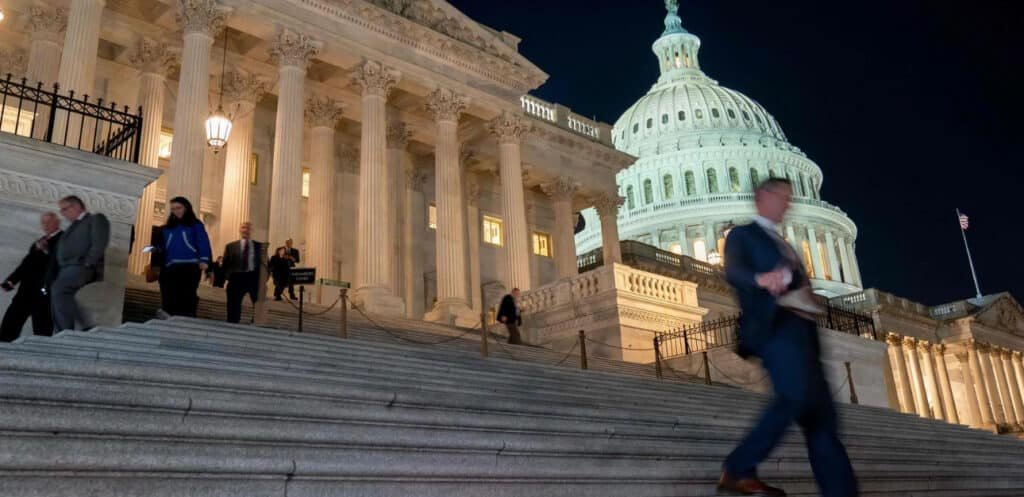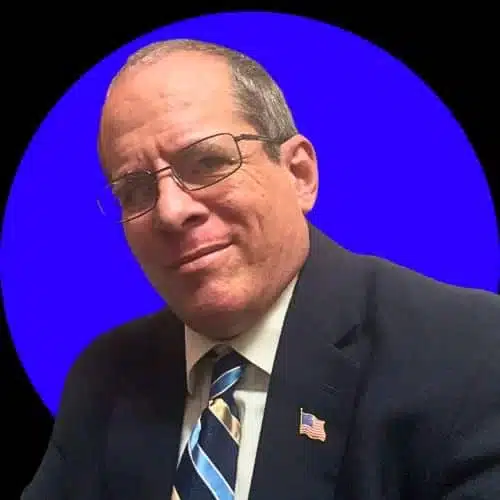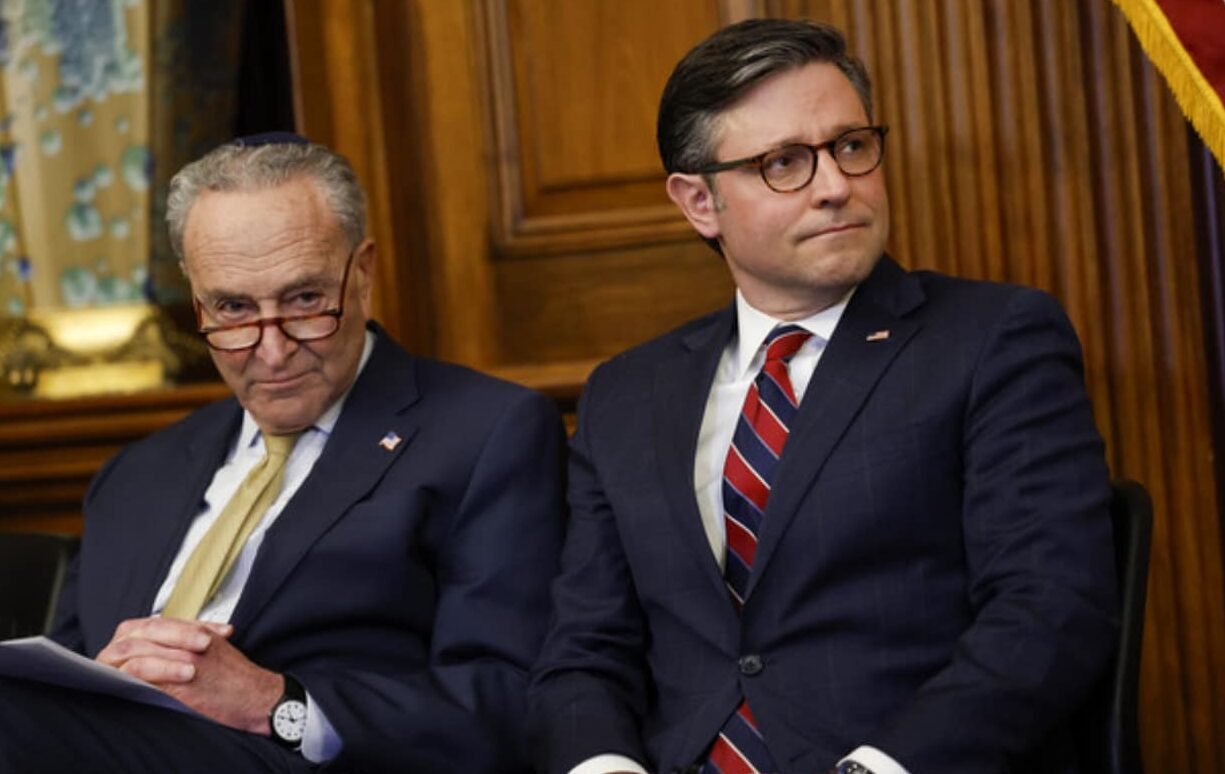How to Get Into Politics: Analyzing Current Political Trends
Understanding the political scene is key for those aiming to make a big difference in American politics. The landscape is always changing, with new trends popping up. It’s vital to stay up-to-date to succeed in a political career.
For those looking to get into politics, it’s important to analyze the current dynamics. The 119th Congress is the most diverse ever, showing a shift towards inclusivity. Also, changes in demographics are affecting who votes, making it important to understand these shifts.
It’s also key to grasp bipartisan issues and what the public thinks. For example, 66% of Americans back laws for trans athletes to compete based on their birth sex. Knowing these trends helps aspiring politicians navigate the complex political world.
Key Takeaways
- The role of money in politics is a significant concern for a majority of Americans.
- The 119th Congress is the most racially and ethnically diverse in U.S. history.
- Bipartisan support exists for specific issues, like trans athlete participation laws.
- Demographic and partisan shifts are reshaping the political landscape.
- Staying informed about political dynamics is vital for political career development.
Understanding the Political Landscape
Today, it’s key to understand the political trends in our country. Three main factors shape our politics: money, party lines, and changes in who we are. These elements are vital for grasping how our government works.
The Role of Money in Politics
Money plays a huge role in politics, and most Americans see this as a big problem. The money raised and spent by candidates can change the course of campaigns. This shows why fair financial practices in politics are so important.
Partisan Divides and Public Opinion
Partisan divisions deeply affect how we see politics and laws. The Republicans hold 218 House seats and 53 Senate seats. This big gap often causes laws to get stuck. Also, 65% of people are tired of the constant political fights.
Looking at current trends, we see the need to find common ground. This is key for better political talks.
Impact of Demographic Shifts
Changes in who we are are changing politics a lot. For example, Texas’ Rio Grande Valley is showing new political trends. These changes are happening everywhere, making our politics more diverse.
With more diverse Congress members, we see a shift in who represents us. Knowing these changes helps us guess what politics will be like in the future. It also helps us plan better strategies.
Entering the Field of Politics
Getting into politics needs a smart plan. This plan includes building a strong network, getting involved in local issues, and understanding party politics. These steps are key for anyone wanting to succeed in politics.
Building a Political Network
Creating a political network is a first step. It’s about meeting people who think like you and have influence. You should talk to local leaders and groups that match your goals.
Having good connections can really help you. It gives you more power and support.
Importance of Grassroots Involvement
Grassroots efforts are very important. They start with local people and grow from there. This way, you connect with voters and build trust.
By focusing on local issues, you show you care about the community. This makes your campaign more real and relatable.
Navigating Party Politics
Knowing how to deal with party politics is key. It’s about finding a party that matches your values. You also need to understand party rules and who’s important.
Party endorsements can change your campaign’s direction. So, knowing your party well is essential.
Strategies for Political Involvement
In today’s fast-changing political world, it’s key to know how to get involved. Using media, raising funds, and understanding public opinion are all important. These steps help candidates connect with people and make real changes.
Utilizing Media for Campaigns
Politics has changed a lot, thanks to new media like Roku and Max. These tools helped reach 6.3 million voters with smart technology. Now, 42% of voters in key states watch YouTube and TikTok for news, showing a big move away from old media.
Using these new platforms helps campaigns reach more people, like working-class voters who are often overlooked.
Fundraising Tips and Techniques
Raising money is a big part of winning. Using AI to find and reach donors is a smart move. It lets campaigns target specific groups well.
Knowing what issues matter to different voters is also key. For example, many voters care about the economy and stability. Campaigns can use this to ask for more money.
Leveraging Public Opinion for Success
Public opinion can make or break a campaign. In Pennsylvania, talking about the economy won over Independents. But, being seen with unpopular figures can hurt a lot.
This shows how important it is to talk about what voters care about. In key states, 18% of voters focus on the economy over social issues.
By using media well, raising funds smartly, and listening to voters, candidates can build a strong campaign. This way, they can win over voters and succeed at the polls.
Modern Political Trends to Watch
Today’s politics are changing fast. New trends are shaping how we govern and serve the public. These changes reflect our values and the shifting American politics.
Increased Diversity in Elected Officials
One big trend is more diverse elected officials. The 119th Congress is the most diverse ever. It includes the first openly transgender federal legislator. Over 80 members have foreign-born parents, showing more cultural diversity in politics.
The public wants to see more minority groups in leadership. This change is important for our democracy.
Emphasis on Social Media Campaigning
Social media is now key in politics. Politicians use Twitter, Facebook, and Instagram to talk directly to voters. This way, they can engage with people more quickly than before.
With less support for local government changes, social media is vital. It helps politicians stay connected and mobilize supporters.
Bipartisan Issues with Widespread Support
Even with big political divides, some issues unite us. For example, most Americans agree on laws for trans athletes. They also worry about gun deaths and the influence of money in politics.
These common concerns show we can work together on important issues. Even with our differences, we share a desire for a better future.
These trends highlight the need to understand today’s politics. Politicians must adapt to these changes. This way, we can build a more inclusive and cooperative society.
How to Get Into Politics: Analyzing Current Political Trends
Getting into politics means understanding today’s political scene. By analyzing political dynamics, we can move forward, guided by important data and trends. These define our time.
The Trump administration plans to cut over 70,000 jobs at the Department of Veterans Affairs. They might also halve the IRS workforce. This shows the need to adjust to new political directions and find opportunities in these changes.
The agricultural sector, a big Trump supporter, is facing big challenges because of his immigration policies. This shows how federal decisions can hurt local businesses. It’s key to see how politics affects us all.
The Supreme Court’s role in deciding where to store nuclear waste is a big issue. Political choices have big environmental effects. Anyone analyzing political dynamics must consider these impacts.
House GOP actions to discipline members like Rep. Al Green show party tensions. These tensions shape our political world.
Public opinion is split on many things, like Trump’s speech to Congress. A CNN poll found modestly positive feedback but no big change in opinions. The 119th Congress, with its first openly transgender legislator, marks a big step in representation. Yet, there are worries about the Trump administration’s stance on LGBTQ and transgender people.
Senate races in New Hampshire and the Democratic Party’s challenges in defending 13 Senate seats add complexity to future strategies. A Pew Research Center survey shows 72% of Americans see money’s role in politics as a big issue. This highlights the need for transparency and ethics in politics.
Here’s a table showing today’s political feelings:
| Issue | Public Concern | Statistical Insight |
|---|---|---|
| Role of Money in Politics | High (72%) | Most critical concern among 24 surveyed issues |
| Political Exhaustion | High (65%) | Majority feeling exhausted by political discourse |
| Impact on LGBTQ Rights | High | 84% expect reduced influence under Trump |
| Demographic Changes in Congress | Significant | Most racially and ethnically diverse Congress |
For those new to politics, learning and adapting are key. Stay informed and use this knowledge to your advantage. By doing so, you can effectively move through and shape the political world.
Conclusion
Reflecting on political career development and analyzing political dynamics, we see that change needs persistence and ethics. The series “An Era of Unstable Majorities” shows the U.S.’s current electoral instability. It highlights the importance of ethical leadership in our times.
The Democratic and Republican Parties are more united than before. This calls for leaders who can handle these challenges. Our focus on political career development is key to a strong democracy and a bright future.
| Insight | Detail |
|---|---|
| Electoral Instability | The United States is currently facing an unprecedented period of electoral instability. |
| Party Homogeneity | The Democratic and Republican Parties are internally more homogeneous compared to earlier periods in American history. |
| Role of Ideology | Contemporary party donors and activists are more driven by ideology and policies than material incentives. |
| White Working Class Voting Patterns | The voting behavior of the “white working class” is critical for understanding current electoral dynamics. |
| Gun Control | This issue was a significant factor contributing to Donald Trump’s victory in the 2016 election. |
Experts like Paul E. Peterson, Canes-Wrone, and Barry R. Weingast stress the need for deep research. Their work, recognized by awards, shows the value of thorough analysis in analyzing political dynamics. It helps in developing effective leadership.
As we move forward in the changing political scene, let’s stay committed to American values. Ethical leadership and dedication to democracy are essential for our nation’s future.
Additional Resources
Exploring politics means always learning and getting involved. To keep up and make a difference, you need lots of resources. The Pew Research Center is great for deep dives into political trends. They show how 72% of Americans worry about money’s role in politics.
For insights into how demographics shape politics, check out the U.S. Census Bureau. Today’s Congress is the most diverse ever, with firsts like the first openly transgender federal legislator. Also, learning about foreign-born lawmakers, now over 80 in Congress, broadens our view of representation.
Platforms like C-SPAN and Congressional Quarterly offer live and historical views of lawmaking. Groups like the League of Women Voters and Rock the Vote help with voting and grassroots action. These resources help us understand and shape the political world.
FAQ
What are the critical steps to enter the political field successfully?
How significant is the role of money in politics?
What are the primary factors shaping public opinion today?
How can aspiring politicians navigate the complexities of party politics?
Why is grassroots involvement important in politics?
What strategies are effective for utilizing media in political campaigns?
What are the key trends in modern politics that new entrants should be aware of?
How can political candidates leverage public opinion for campaign success?
What are effective fundraising techniques for political campaigns?
How has the increasing diversity in Congress impacted the political landscape?
What are some bipartisan issues with widespread support?
Source Links
- Politics & Policy – Research and data from Pew Research Center
- Pew Research Center
- Government and Politics | Gallup Topic
- How to Get Into Politics: Understanding the Political Landscape
- Spring 2025
- Investigative Journalism and News in the Public Interest
- Reaching the Disengaged: How Campaigns Win by Engaging Overlooked Voters
- Public opinion, parties, and elections – Department of Political Science
- Politics | Latest News & Updates | BBC News
- Politics | CNN Politics
- Sununu Would Top Shaheen
- Hoover Institution Senior Fellow Morris Fiorina’s Unstable Majorities Series Returns To Answer Questions Raised By 2024 Presidential Election
- Politics, Institutions, and Public Opinion | Research







